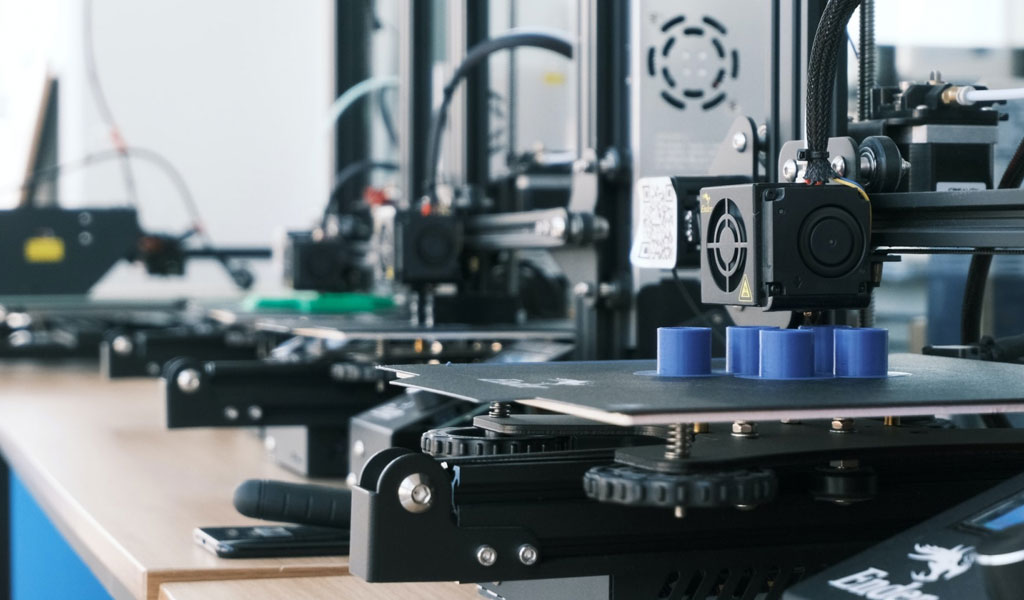
3D printing was met with a lot of skepticism when it first became popular, but after years of development, more and more companies are accepting it in the manufacturing process. Here are the top reasons why many businesses embrace it.
The Price Is Very Cheap
At present, the main application of 3D printing is to produce various prototypes. Since no production tools such as molds are required and very little material is wasted, 3D printing has a very obvious cost advantage when producing various prototypes. Now with the advancement of 3D printing technology, 3D printing can also be used for small batch production. When the production quantity is less than a certain value, 3D printing Formula Car Connector has a cost advantage.
High Speed
3D printing prototypes often only takes a few hours, and large prototypes only take a few days. In the past, it often took several weeks to open a mold and make a prototype. 3D printing is obviously much faster.
Many Kinds
Today, 3D printing has a variety of processes, including FDM, SLA, SLS, SLM printing, DED, binder jetting, cold jetting, etc. More and more materials are being used. A variety of plastics, metals, and ceramics can be used as 3D printing materials. In addition, previously unprintable materials such as glass and wood are gradually being conquered.
Very Flexible In Molding
The forming ability of 3D printing is very good, and some complex geometric structures that cannot be achieved by other processes can be constructed. This fully supports the results of generative design and topology optimization. Achieve lightweighting while maintaining the same strength or even increasing the strength.
The Quality Is Very Reliable
In the early days when 3D printing became popular, many people felt that the quality of 3D printed items was poor. In fact, this is not the case. 3D printing has always provided good accuracy with very small tolerances. In terms of mechanical properties such as strength and toughness, 3D printing is greatly affected by materials. High-quality materials can provide very good mechanical properties.
However, due to process reasons, the surface of 3D printed parts still cannot avoid layering, but it can also be compromised through post-processing.
